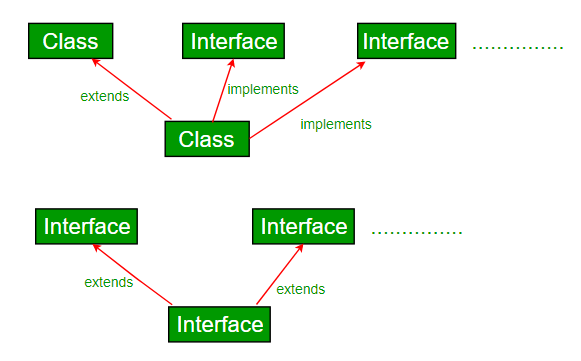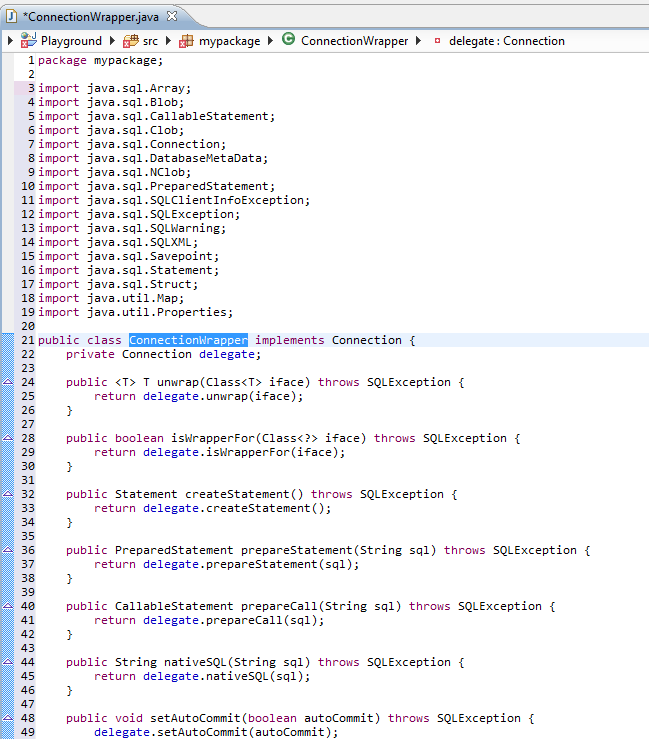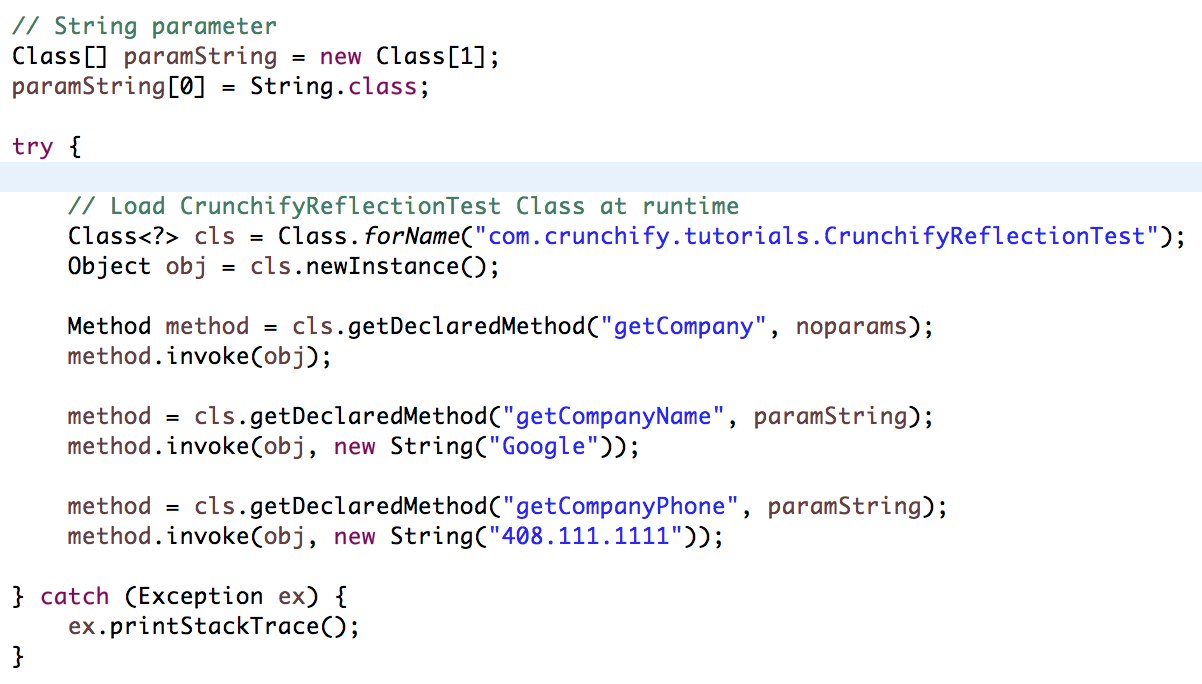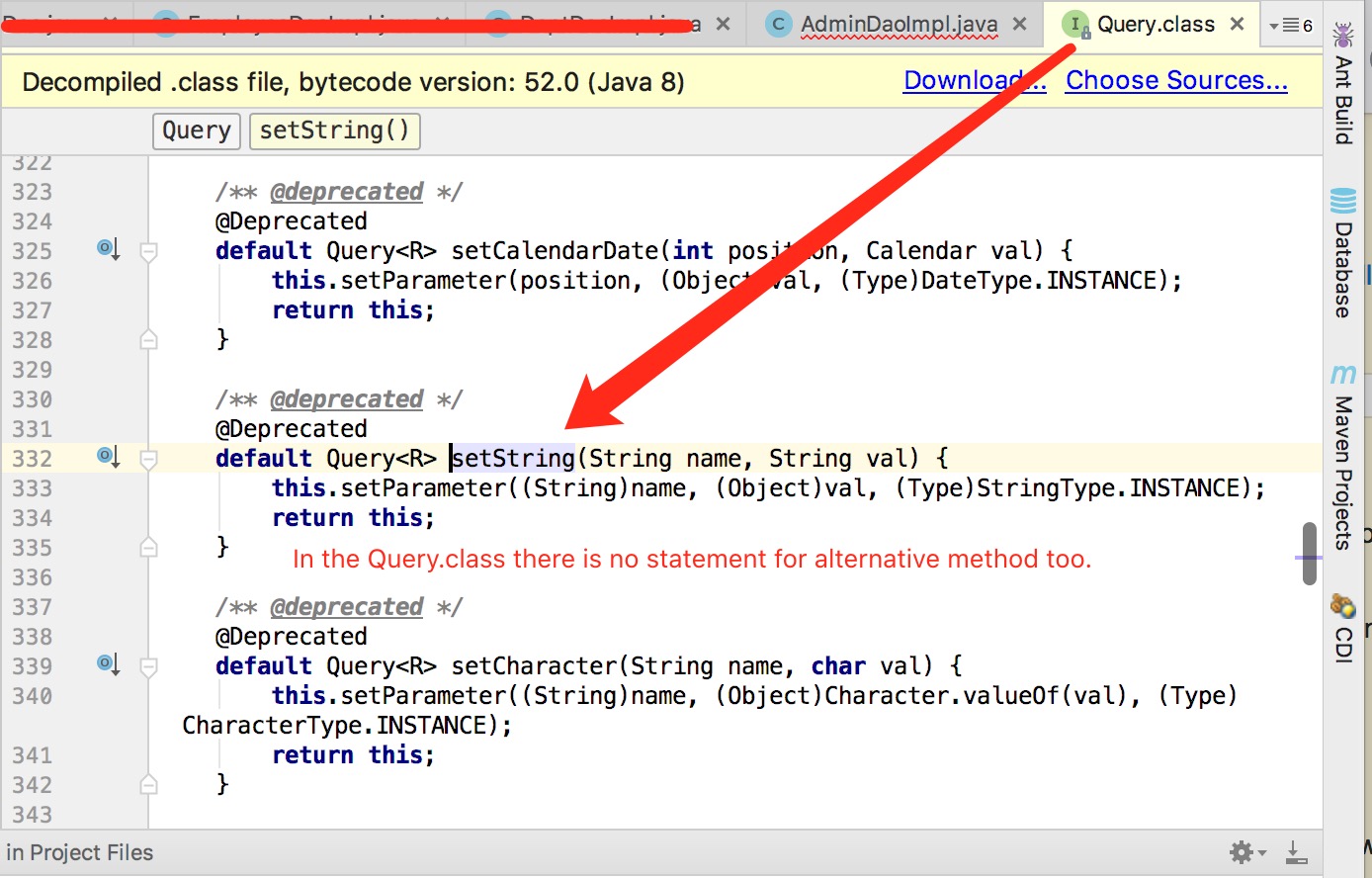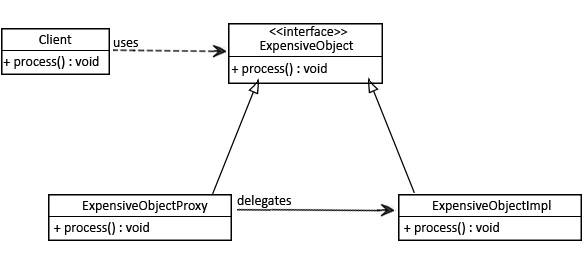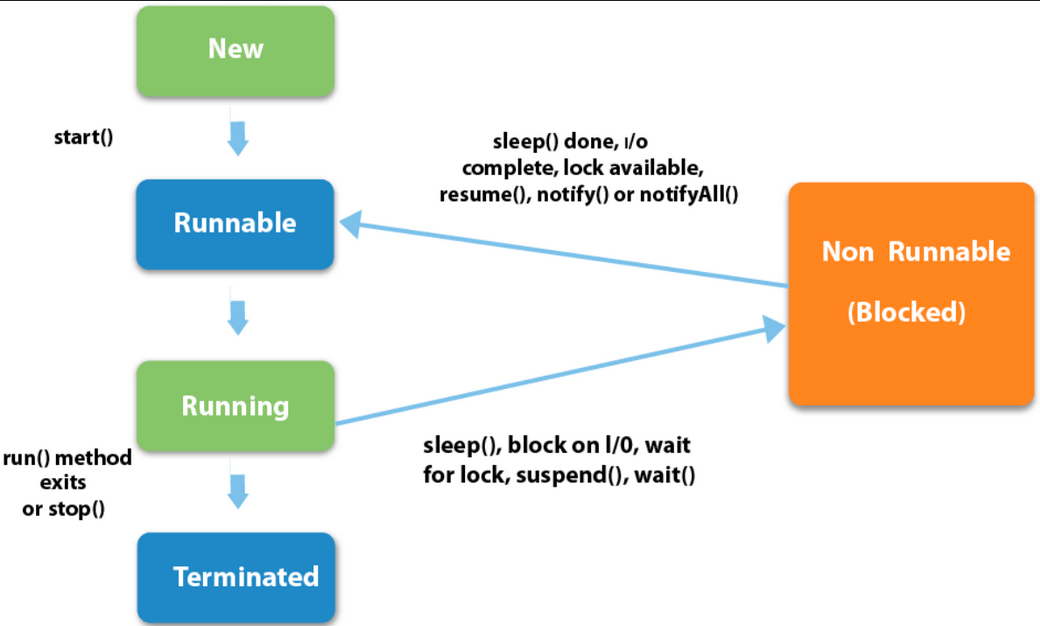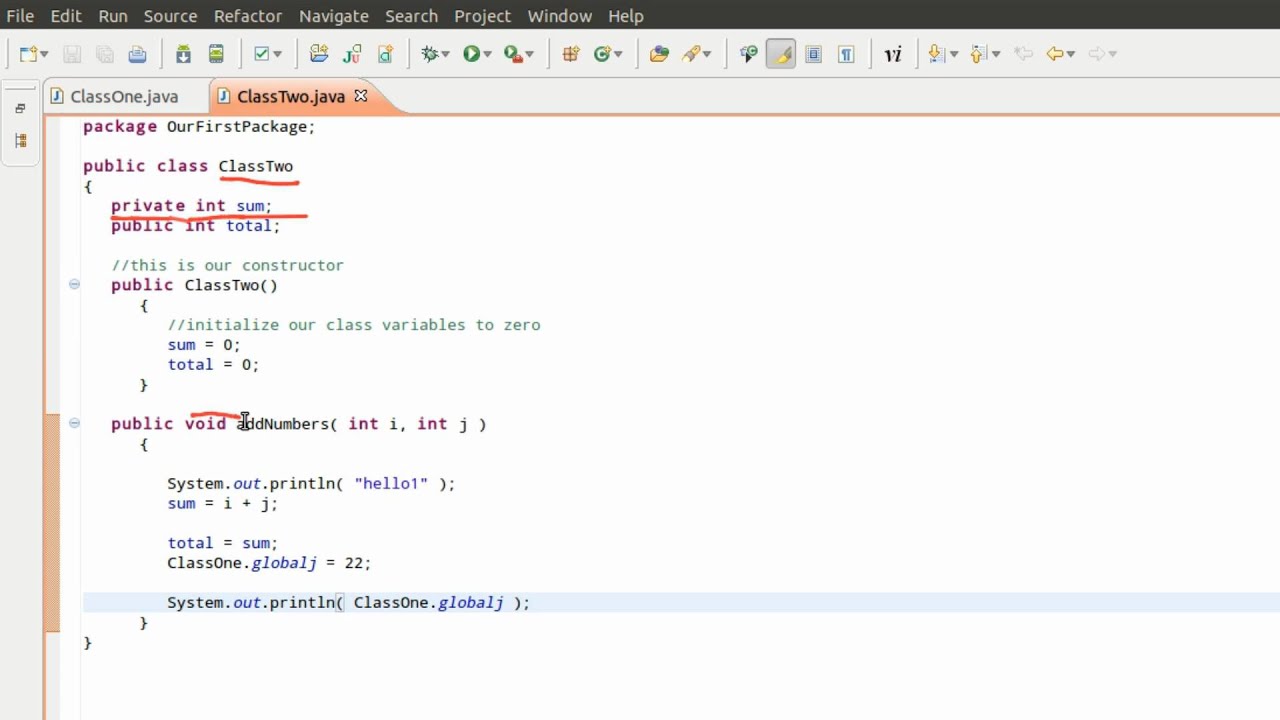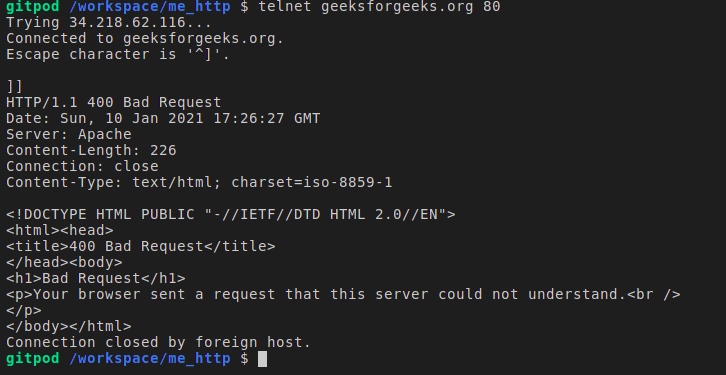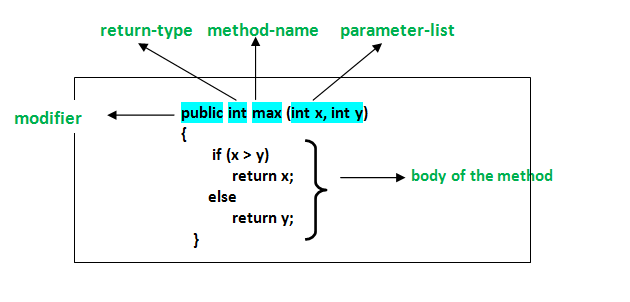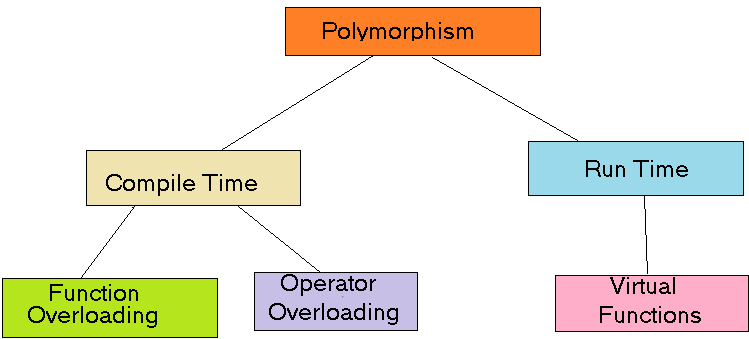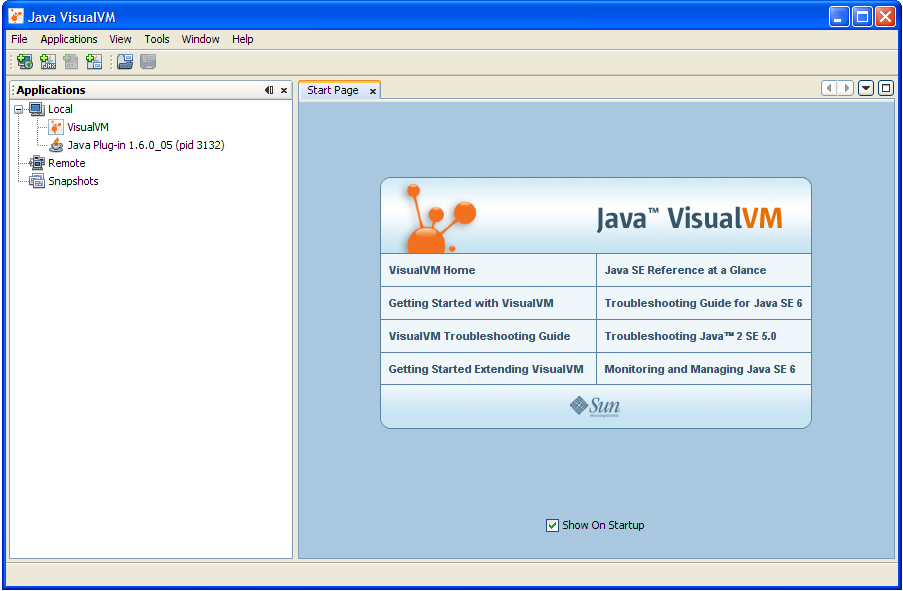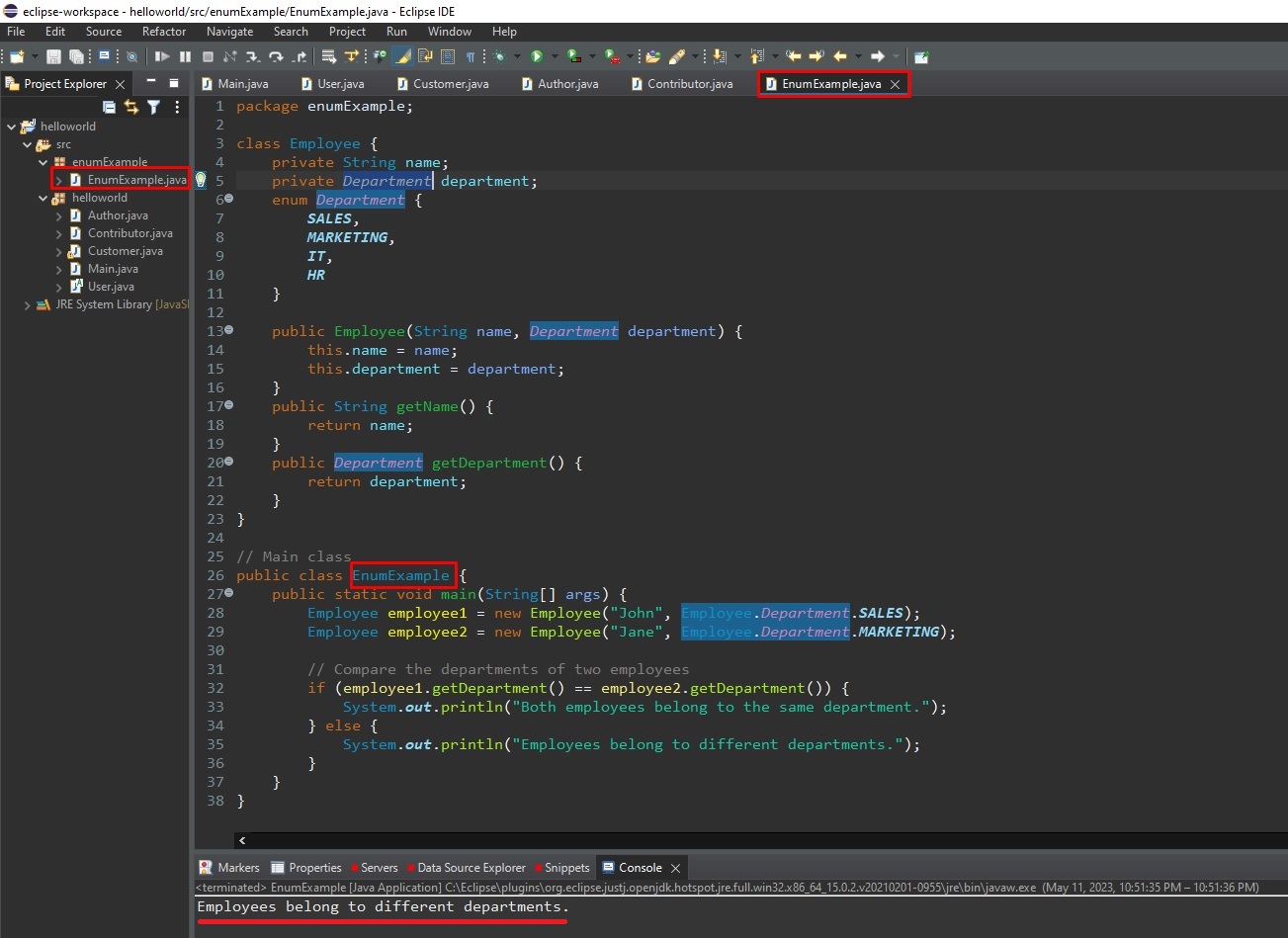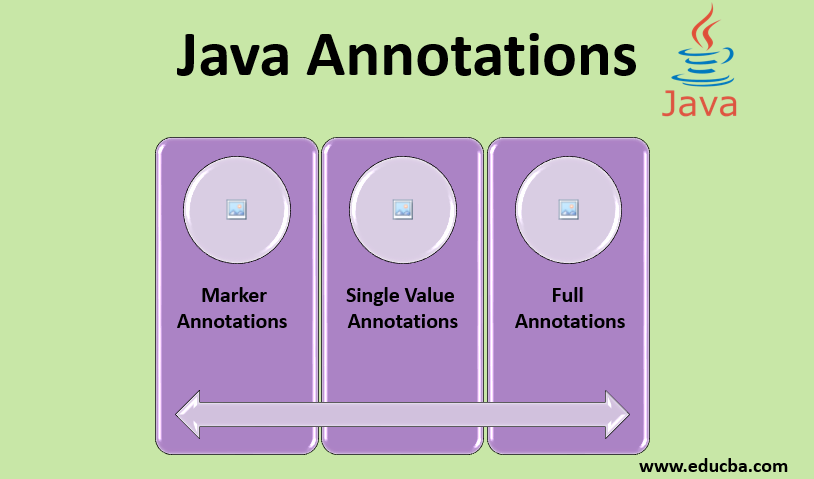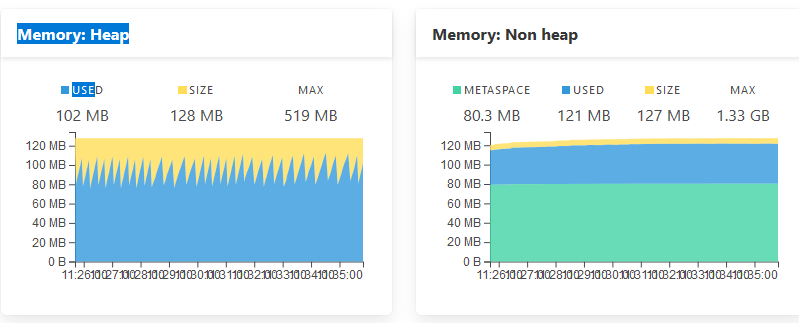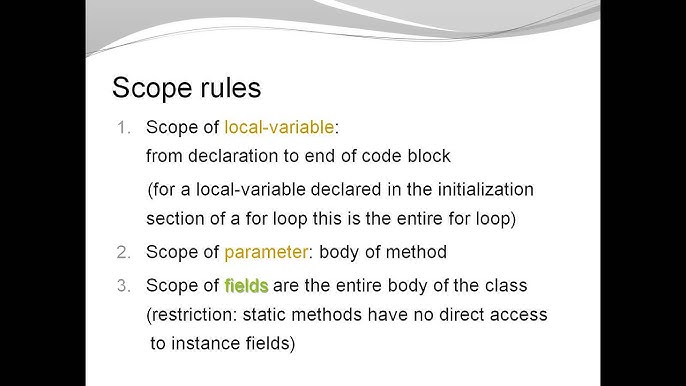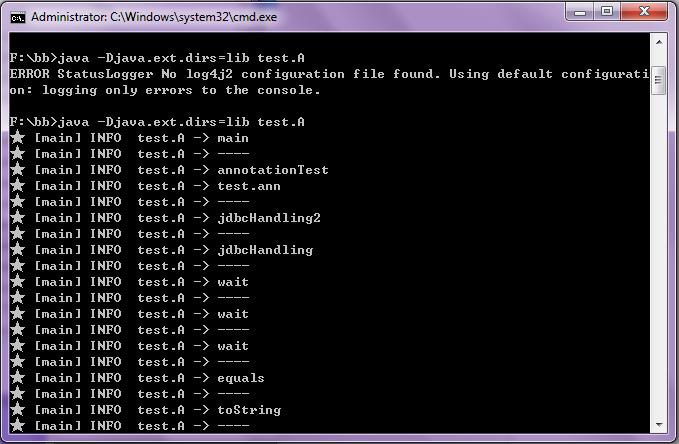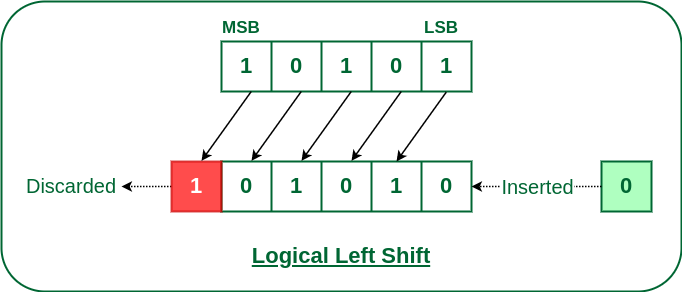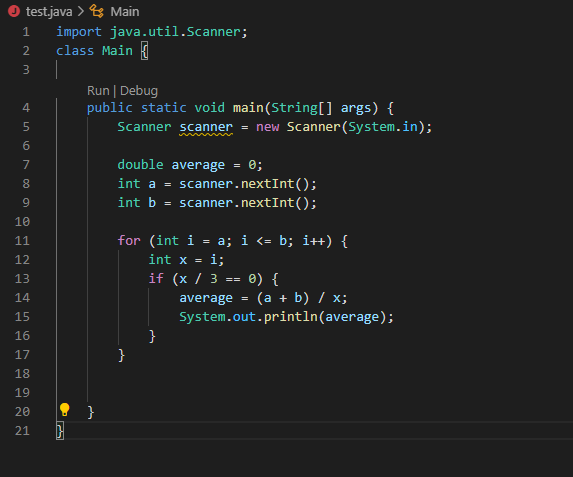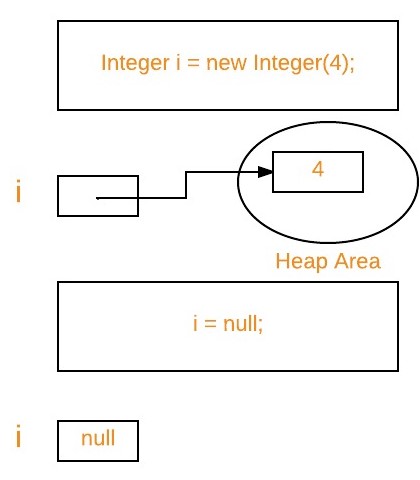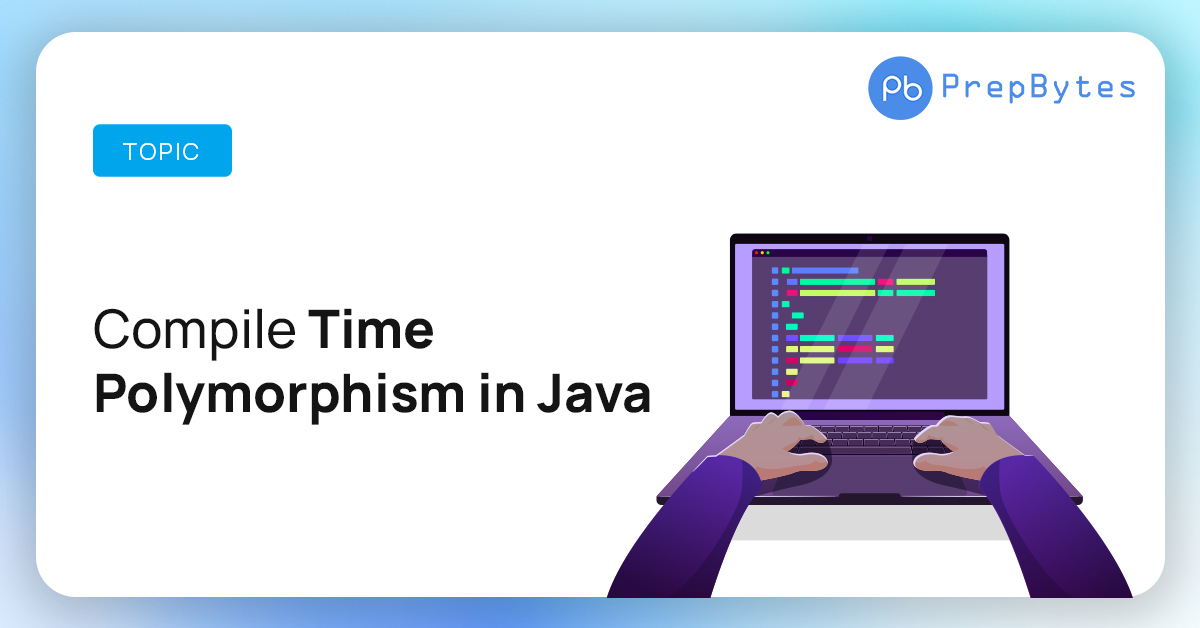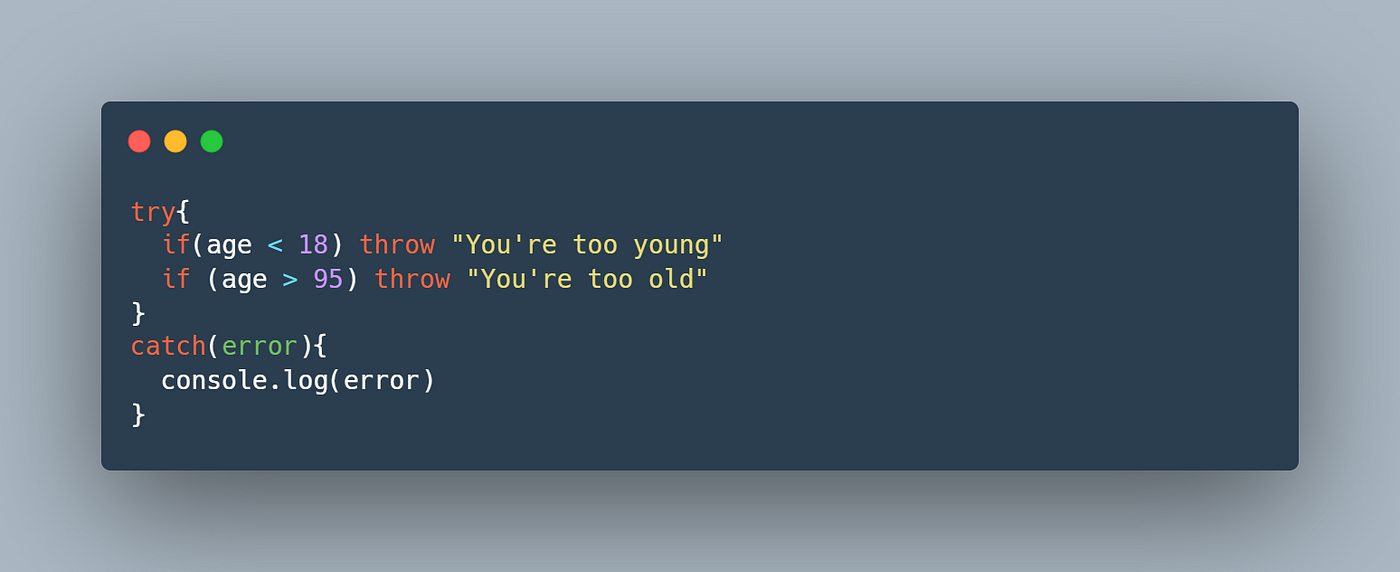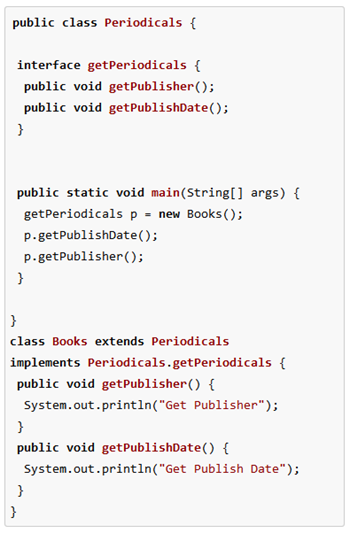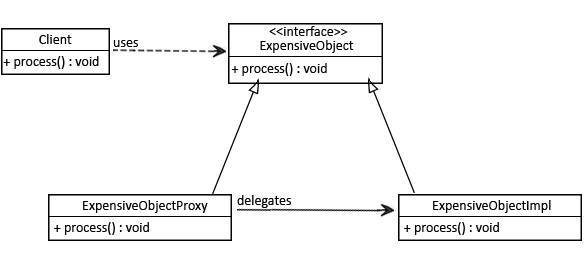How to send data with a Java socket?
How to send data with a Java socket?
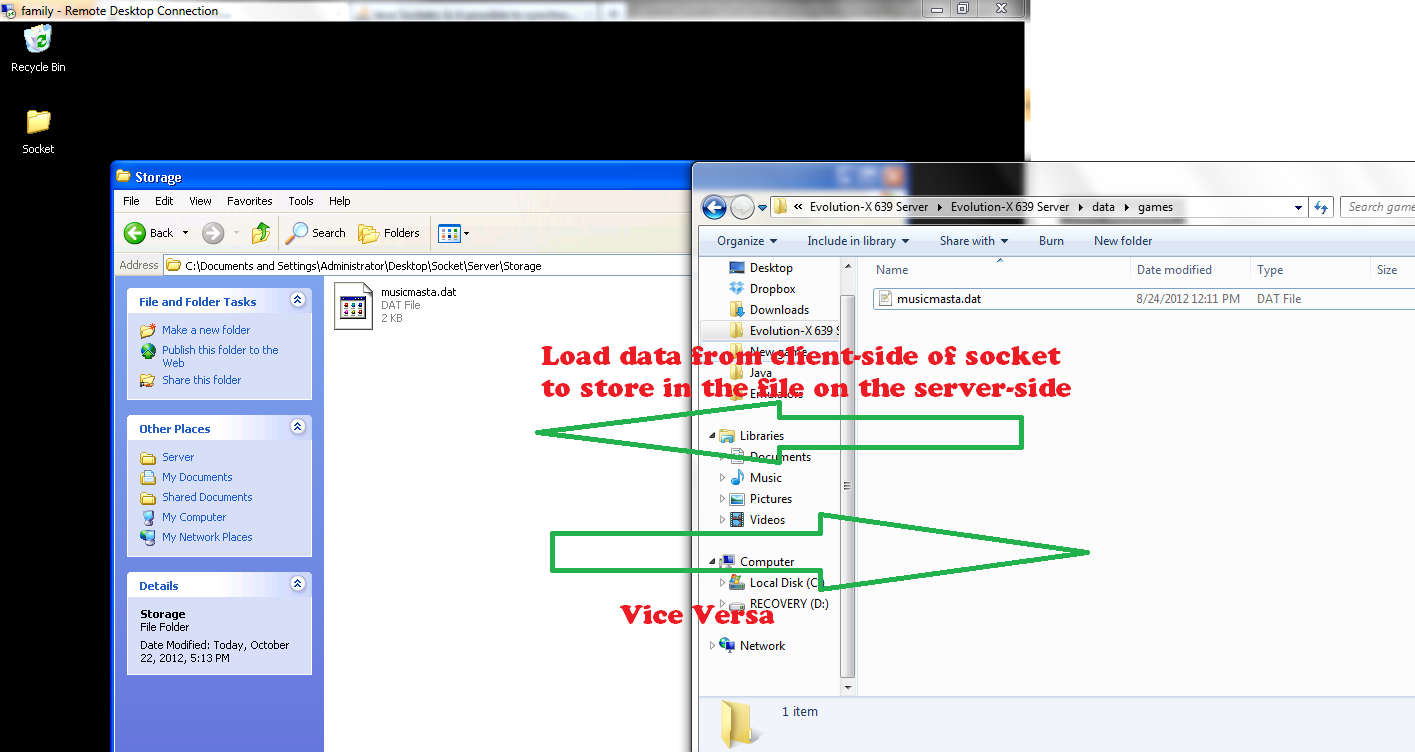
I'd be happy to help!

Sockets are a fundamental concept in network programming that allows processes (programs) to communicate with each other over a network. In the context of Java, you can use sockets to create client-server applications where the client sends data to the server and vice versa.
Here's an example of how to send data using a Java socket:
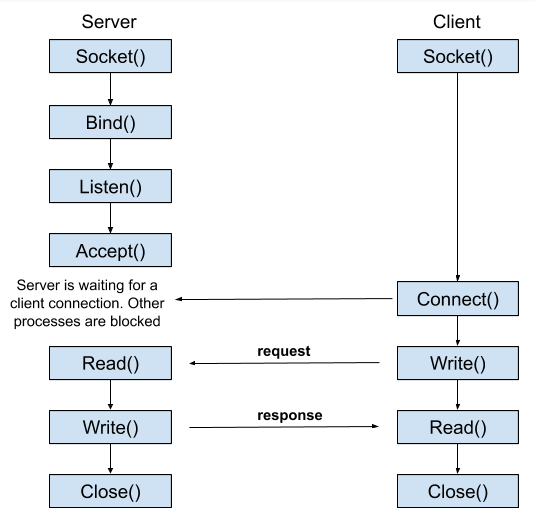
Server Side
import java.io.*;
import java.net.*;
public class EchoServer {
public static void main(String[] args) throws IOException {
ServerSocket server = new ServerSocket(8000);
Socket client = server.accept();
System.out.println("Connected to client");
BufferedReader in = new BufferedReader(new InputStreamReader(client.getInputStream()));
PrintWriter out = new PrintWriter(client.getOutputStream(), true);
String line;
while ((line = in.readLine()) != null) {
if (line.equalsIgnoreCase("quit")) {
break;
}
out.println(line);
}
client.close();
server.close();
}
}
Client Side
import java.io.*;
import java.net.*;
public class EchoClient {
public static void main(String[] args) throws IOException {
Socket socket = new Socket("localhost", 8000);
PrintWriter out = new PrintWriter(socket.getOutputStream(), true);
BufferedReader in = new BufferedReader(new InputStreamReader(socket.getInputStream()));
System.out.println("Connected to server");
out.println("Hello, world!");
out.flush();
String line;
while ((line = in.readLine()) != null) {
System.out.println(line);
}
socket.close();
}
}
In the above example, we create a simple client-server application where the client sends a message to the server, and the server echoes back the same message.
Here's what you can do with this basic understanding of sockets:
Create a chat application where multiple clients can send messages to each other through the server. Develop a game that allows players to connect to the same server and play together. Implement a file transfer protocol where clients can send files to each other or to the server.Key Concepts
Socket Address: A socket address consists of an IP address and a port number. This is how you specify where your data should go when sending it over the network. ServerSocket: The ServerSocket class represents a socket that listens for incoming connections. It allows you to accept incoming requests from clients. Socket: The Socket class represents a connection to another socket in the network. You can use this class to send and receive data between two programs (client-server). Data Streams: Sockets have input streams and output streams that allow you to read and write data. ThegetInputStream() method returns an input stream, while the getOutputStream() method returns an output stream. BufferedReader: You can use a BufferedReader to handle the reading of text from a socket, which is useful when dealing with large amounts of text data. PrintWriter: A PrintWriter is used for writing formatted representations of objects to either a text-based file or a socket output stream.
When working with sockets in Java, remember:
Use theServerSocket class to set up your server. Use the Socket class to connect to your server and send/receive data. Use BufferedReader and PrintWriter for handling text-based data streams.Java socket listener
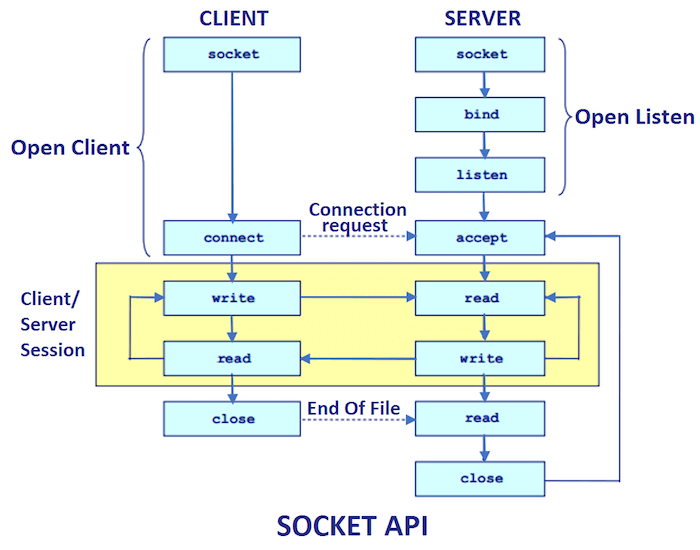
I'd be happy to provide information on Java socket listeners!
A Java socket listener is a type of program that allows you to connect to a network and listen for incoming requests or messages. This can be useful in a variety of situations, such as when creating a chat server or implementing remote control functionality.
In order to create a Java socket listener, you'll need to use the Socket class from the Java Standard Edition (SE) library. Here's an example of how you might do this:
import java.net.*;
import java.io.*;
public class SocketListener {
public static void main(String[] args) throws IOException {
// Create a new socket and bind it to a port
ServerSocket serverSocket = new ServerSocket(8080);
System.out.println("Listening on port 8080...");
while (true) {
// Listen for an incoming connection
Socket clientSocket = serverSocket.accept();
// Get the input and output streams from the socket
BufferedReader in = new BufferedReader(new InputStreamReader(clientSocket.getInputStream()));
PrintWriter out = new PrintWriter(clientSocket.getOutputStream(), true);
// Handle the request or message from the client
String line;
while ((line = in.readLine()) != null) {
System.out.println("Received: " + line);
// Process the received data...
}
// Close the socket and streams
clientSocket.close();
out.close();
}
}
}
In this example, we're creating a new ServerSocket and binding it to port 8080. Then, we enter an infinite loop where we listen for incoming connections using the accept() method. Once a connection is established, we get the input and output streams from the socket and handle any requests or messages sent by the client.
When you run this program, it will start listening on port 8080 and wait for incoming connections. When a client connects to the server, it will print out any received data and then close the connection.
Socket listeners can be used in many different contexts, such as:
Creating a chat server where multiple clients can connect and send messages to each other. Implementing remote control functionality where a client machine can control another machine over the network. Handling incoming requests from web or mobile applications. And more!Overall, socket listeners are a powerful tool that allow you to create networked applications with Java.
